|
You might have noticed I'm not going to be around much for the next couple of weeks. Thanks for your patience--it will be worth it.
This week and the next I am attending two special events: the Annual Conference and General Meeting for AmSAT (the national professional body I am a part of) and the 2018 Alexander Technique World Congress, both taking place at Loyola University Chicago over the span of a week and a half. While both events are exciting (I am on the organizing committee for the national conference) the Congress is particularly noteworthy as it only happens every few years, will gather over 600 teachers together from around the globe, and hasn't taken place in the U.S. since the year I was born. I am excited for the opportunity for community, exchange of ideas, and learning. What I am most excited about is the ability to bring new services, techniques, and ideas to you in the Freedom In Motion community. So here are just a few of the things I am excited for:
-Jeremy
1 Comment
If you are like me, enormous swaths of your time the last couple weeks have been spent breathless in front of your television watching Wimbledon. I grew up playing tennis with my family. Most of the exercise I got was from retrieving balls I knocked over the fence, the result of trying to hit the ball with my arm as hard as I could. Since becoming trained in Alexander Technique, I have returned to both watching and playing and have found to be it a movement junkie's dream. The coordination, the skill, and the physicality are all intoxicating to watch-- but above all its the poise of the players I admire. I don't know of another sport in which the mental and physical aspects of poise are as clearly reflected in each other as in tennis. The Alexander Technique (A.T.) is above all a system for improving your poise and efficiency in activity and movement. Here are some places where A.T. and tennis intersect and how learning A.T. can bump your tennis game to the next level. 'Whole Self Tennis' |
Thoughts on what is going on in the work and the world right now. Many posts to come. Archives
June 2021
Categories |


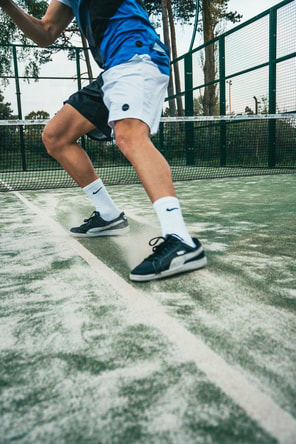

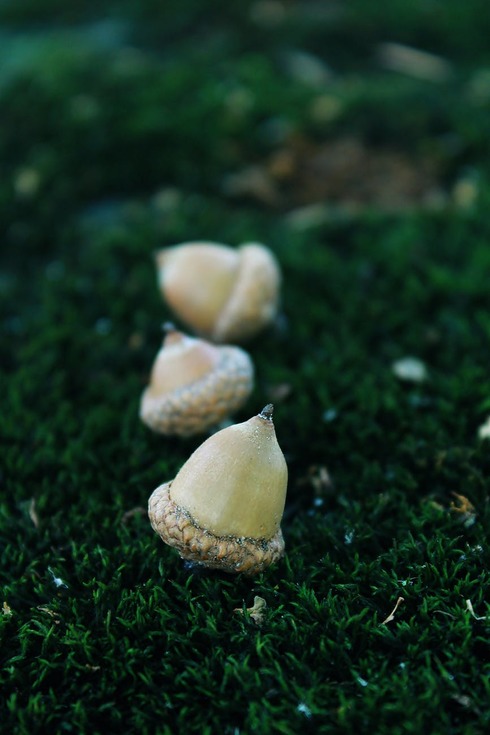
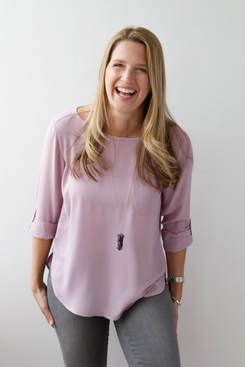


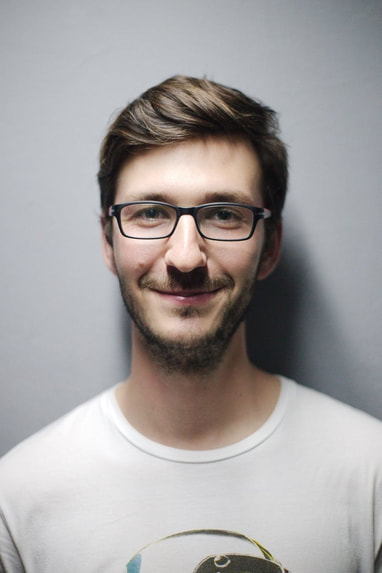
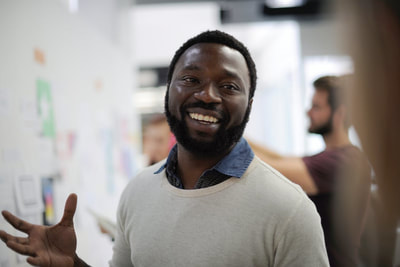
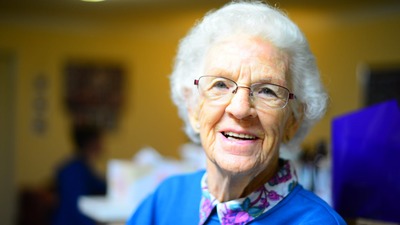

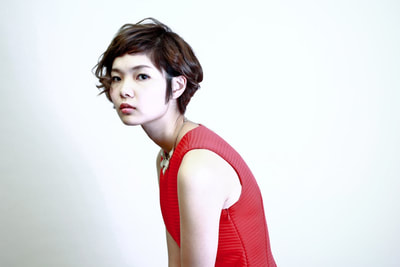

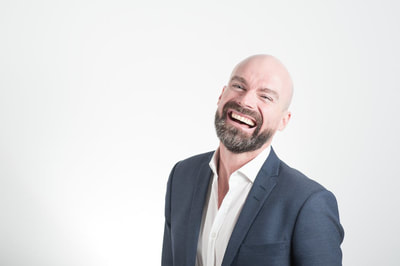
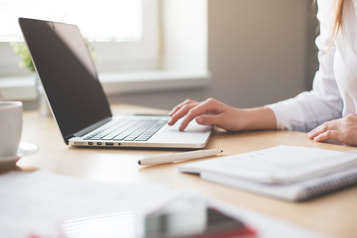

 RSS Feed
RSS Feed